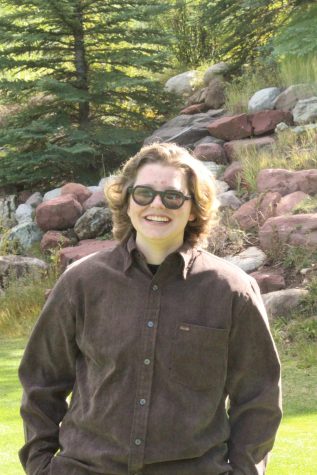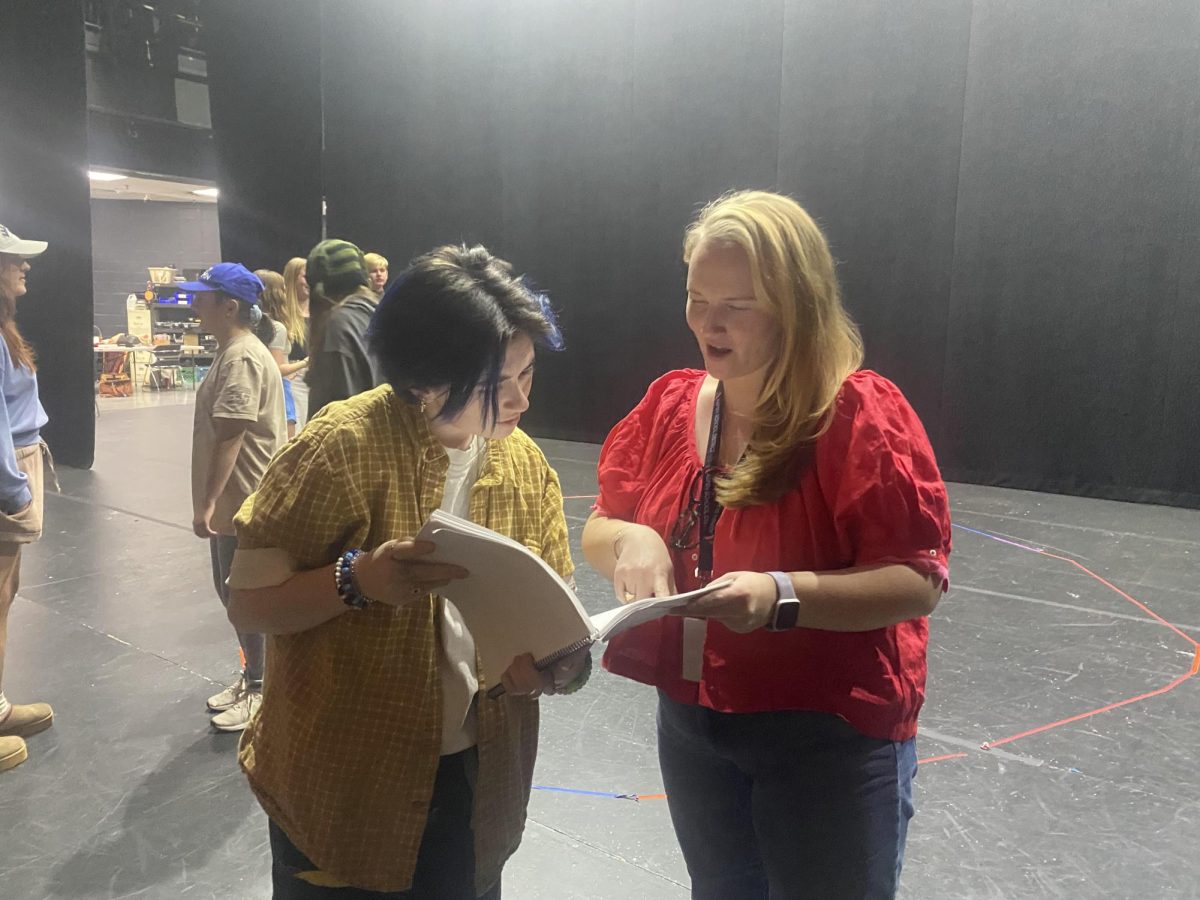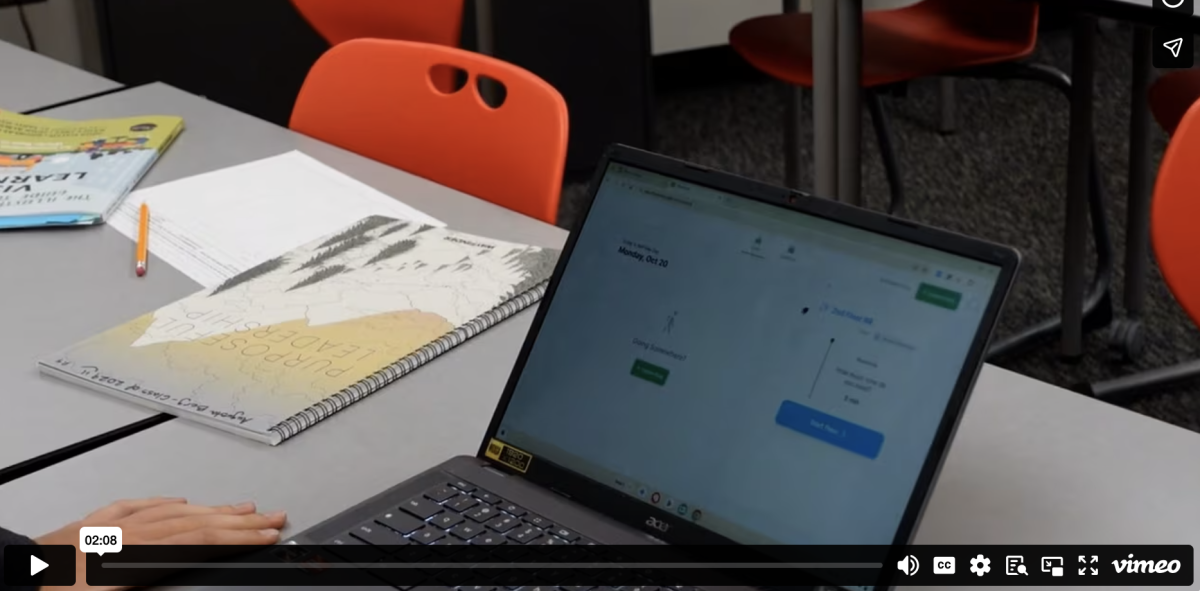Fusions Breakthrough
For the first time in history, Lawrence Livermore National Laboratory (LLNL) scientists achieved a fusion ignition. This breakthrough may lead the way to clean energy and nuclear defense technology advancements in decades to come.
Secretary Granholm and leaders of the U.S. Department of Energy’s (DOE) National Nuclear Security Administration (NNSA) held a press conference to announce the first fusion experiment that achieved a scientific energy breakeven, meaning a net energy gain equal to or greater than zero, a success made possible by over 60 years of global research, experimentation, and engineering.
Fusion ignition describes the moment at which the production of energy from a controlled fusion reaction exceeds energy losses in the form of x-ray radiation and electron conduction. Extensive amounts of pressure and heat are required for fusion to occur, as the nuclei of atoms must overcome electrical resistance to fuse, creating a new element.
On Dec. 5, 192 high energy laser beams delivered 2.05 megajoules of ultraviolet energy to isotopes of hydrogen–namely, deuterium, and tritium–which were heated up at temperatures around 300 million degrees celsius to change from gas to plasma. This reaction resulted in the production of helium and 3.15 megajoules. Although the target gain exceeds one, the laser required approximately 300 megajoules of power from the electric grid.
Notably, this milestone has ramifications for the possibility of zero carbon abundant fusion energy. Yet, the commercialization of this technology will likely take decades, requiring the realization of multiple fusion ignition events per minute and a robust network of drivers.
The deputy administrator for defense programs, Marv Adams, spoke on the more immeadiate implications of fusion ignition.
“This achievement will advance our national security in at least three ways. First, it will lead to laboratory experiments that help NNSA defense programs continue to maintain confidence in our deterrent without nuclear explosive testing. Second, it underpins the credibility of our deterent by demonstrating world leading expertise in weapons relevant technologies,” Adams said.
In addition, this accomplishment allows for development towards the United State’s non-proliferation goals. Similar, future experiments will enable the study of conditions found at the center of nuclear explosions without the need for atmospheric testing of atomic bombs.

Ava is a senior at AHS. This is their third year writing for The Skier Scribbler. Ava is eager to contribute to the newspaper and is passionate about writing,...






















